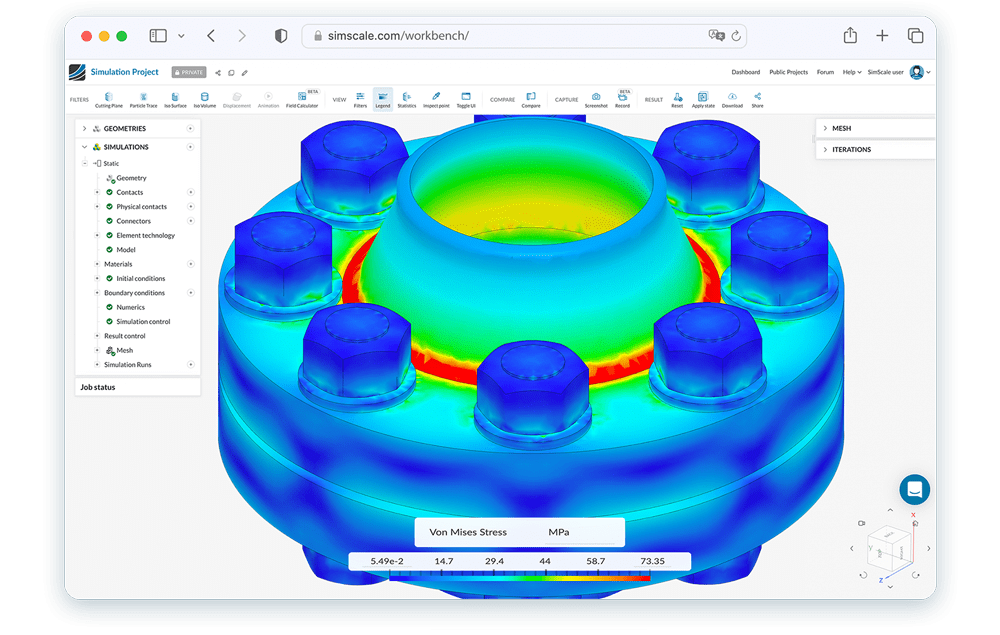
SimScale is a cloud-native simulation platform built into your web browser that seamlessly integrates everything required for an end-to-end engineering simulation workflow, making early use of advanced structural analysis for the first time technically and economically feasible for any organization. Our platform is easy to use, requires no special hardware, offers practically limitless scalability, and is cost-effective for single users and large organizations. We also provide best-in-class real-time support and collaboration.
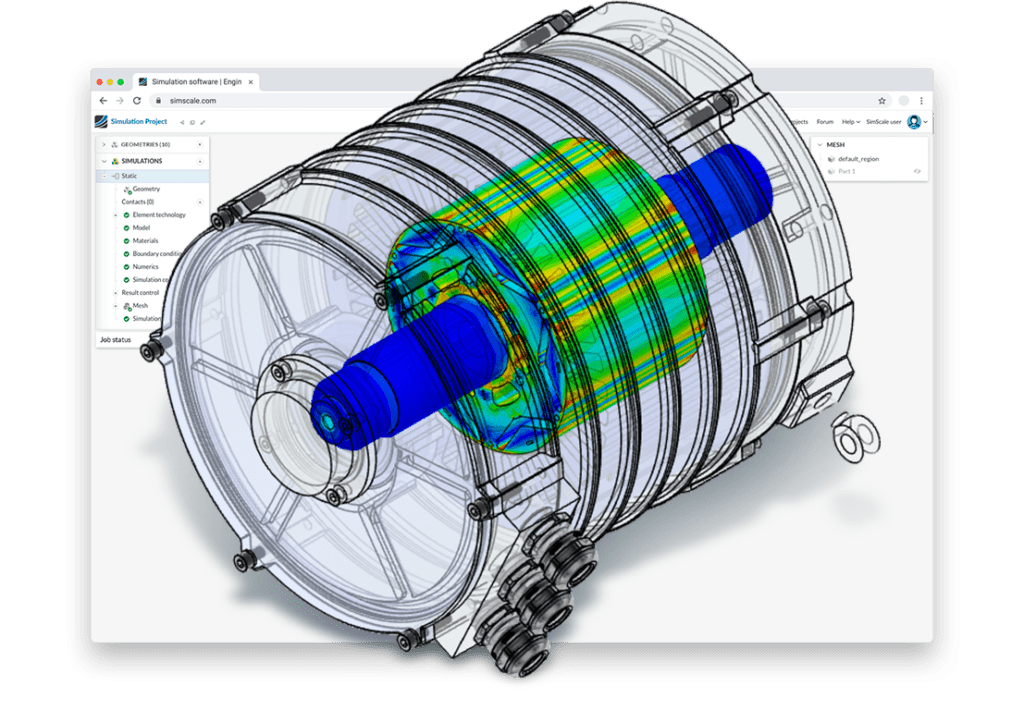
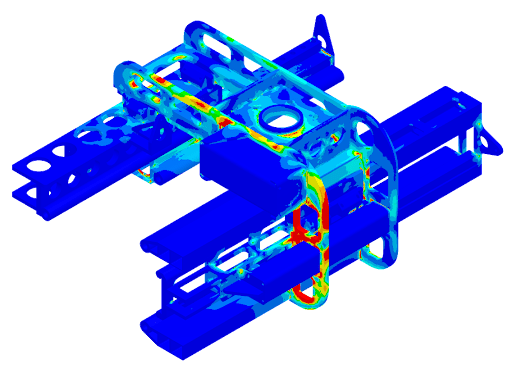
Compute static stresses and deformations of parts and assemblies with the help of powerful hybrid meshing and automated connections, all powered by large-scale, parallel computation. Take a step forward in the world of nonlinear statics by incorporating features like nonlinear contacts, and material models, and handling large deformations in your simulation setup.
Perform simulations of dynamic events where inertia plays a key role, such as how objects respond to shock loads or drops. Take advantage of SimScale’s parallel computation and unlimited result storage for these demanding simulations.

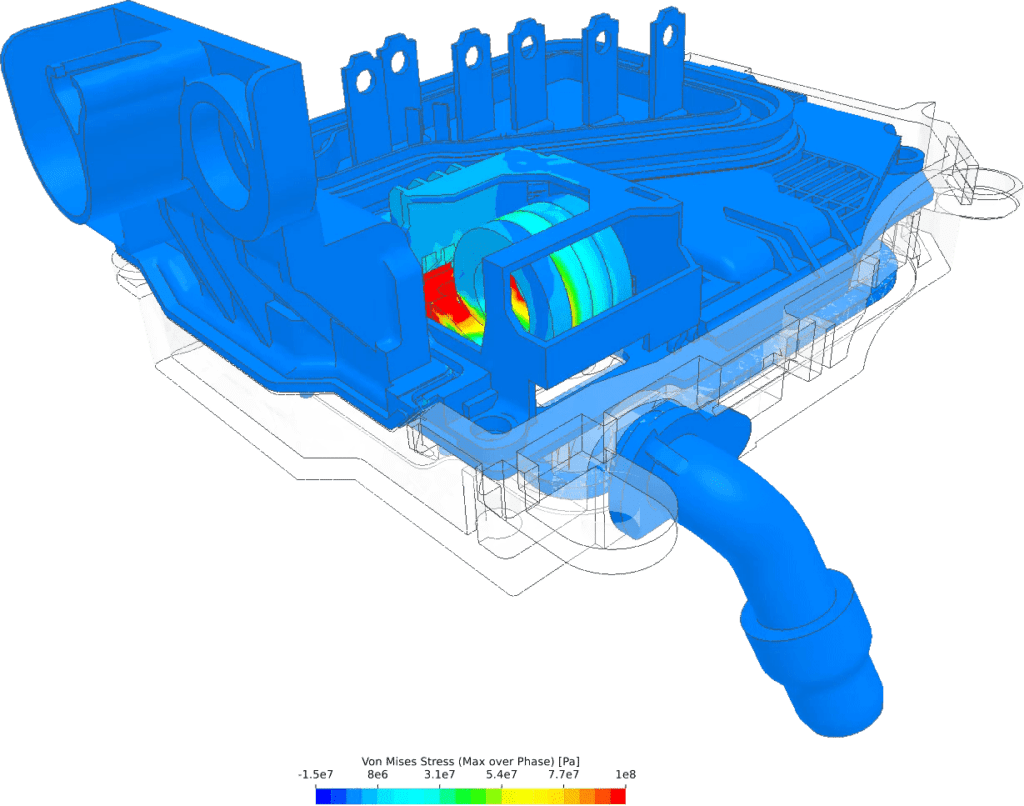
Identify the natural frequencies of your system with modal analysis—a method that helps understand the risk of resonance during operation. This approach provides insights into potential challenges and allows you to optimize the dynamic characteristics of your products, for example, maximizing the lowest eigenfrequencies to ensure that they fall outside of operational frequency ranges. Enhance vibration assessment with harmonic analysis and simulate real-world response to assess peak accelerations, stresses, and deformation in varying conditions.
Include thermal effects in your structural assessments using coupled thermomechanical analysis. This analysis allows you to calculate how your product responds to sudden temperature changes, considering temperature-dependent material properties. You also have the flexibility to incorporate nonlinear and dynamic structural behavior into the assessment for a more comprehensive understanding.
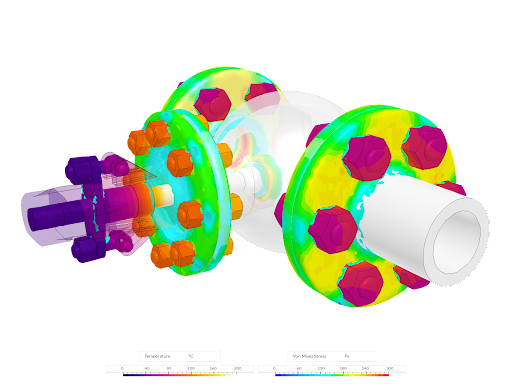
Customer Success
ITW, a global design & engineering firm, uses nonlinear static simulation and analysis to accelerate the development of plastic automotive fastening components. With SimScale, they reduced 10% of their R&D costs and 85% of insertion force.
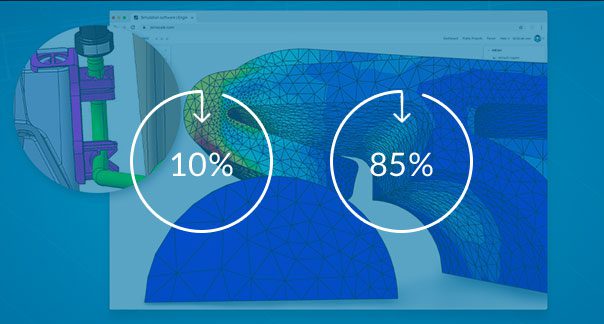

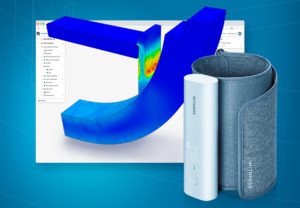
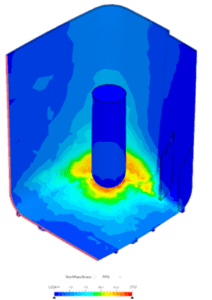

Check out other success stories from customers using structural analysis with SimScale.
See All Stories
Code_Aster is a state-of-the-art and intensively validated open-source FEA solver developed by EDF in France. It is used extensively in academia and industry, being recognized for producing accurate results across a wide range of physics. The versatility and performance of Code_Aster around nonlinear, vibration, and implicit dynamic FEA make it a match made in heaven for SimScale. These advanced simulations can be both time and resource intensive, meaning that only with SimScale’s accessibility and cloud computing power can companies truly incorporate advanced FEA at scale within their product design and engineering processes.
Download our datasheet and learn how engineers designing and testing mechanical components and devices can leverage powerful features in SimScale to solve realistic structural mechanics problems dealing with static, dynamic, and thermal loading conditions.
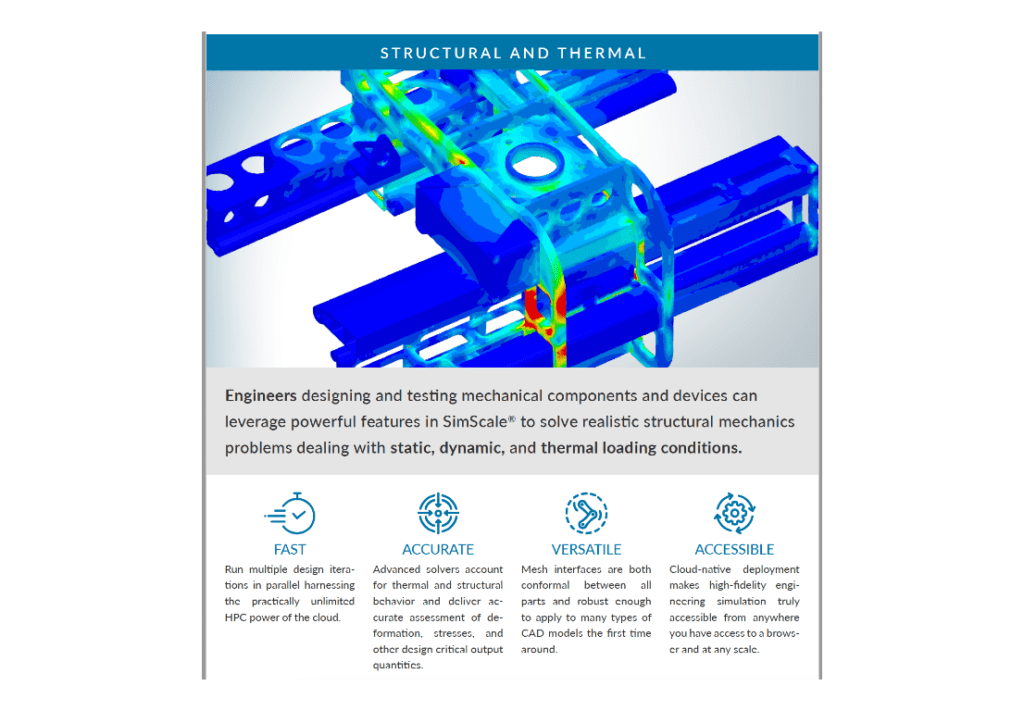
Discover a truly accessible industry standard simulation solution directly in your web browser. With a broad range of physics, from linear statics all the way through to nonlinear thermomechanics and dynamic response, coupled with intuitive workflows and live support, SimScale allows you to drive your designs with accurate simulation insights. Request a demo and see for yourself.
SimScale use finite element analysis (FEA) as the numerical method and an implementation of the Code_Aster solver is integrated into SimScale.
Code_Aster is an acclaimed third-party solver that has been tightly integrated into SimScale for structural analysis. It has been used extensively in industry and academia and is well validated and peer-reviewed.
Yes, you can simulate the non-linear behavior of your CAD geometry and non-linear material properties.
You can see various types of stress (Cauchy, von Mises), forces, pressure and temperature on bodies, faces and joints.
You cannot import material libraries but can copy and edit existing materials to suit your needs that are then added to the SimScale materials library.
Yes, you can convert your engineering stress-strain data into the format SimScale requires and upload using a CSV file.
No. This is a feature that is currently in development.
You can use the SimScale application programming interface (API) to connect to third-party CAD or other analysis software. An example might be to use a CAD tool for parametric geometric modeling while using SimScale for the simulation.
Yes, you can download your results at any time in multiple formats that open in common third party tools.
You can find template projects for structural/thermal simulations in the projects library.
Yes, you can manually refine the mesh as needed.
Yes, using the SimScale API.
Finite Element Analysis (FEA) is the simulation of any given physical phenomenon using the numerical technique called Finite Element Method (FEM). The results of a simulation-based on the FEA method are usually depicted via a color scale that shows, for example, the pressure distribution over the object.
Yes! SimScale has several analysis types that engineers can use to perform structural analysis including: Static, Dynamic and Modal (vibration).
Structural mechanics, also referred to as solid mechanics, is a field of applied mechanics where stresses, strains and deformations are calculated in solid materials. This helps engineers understand the strength of a material, or structure to ensure fit for purpose & that adequate safety factors are in place.
Yes! Structural analysis is the same as structural mechanics.
Sign up for SimScale
and start simulating now